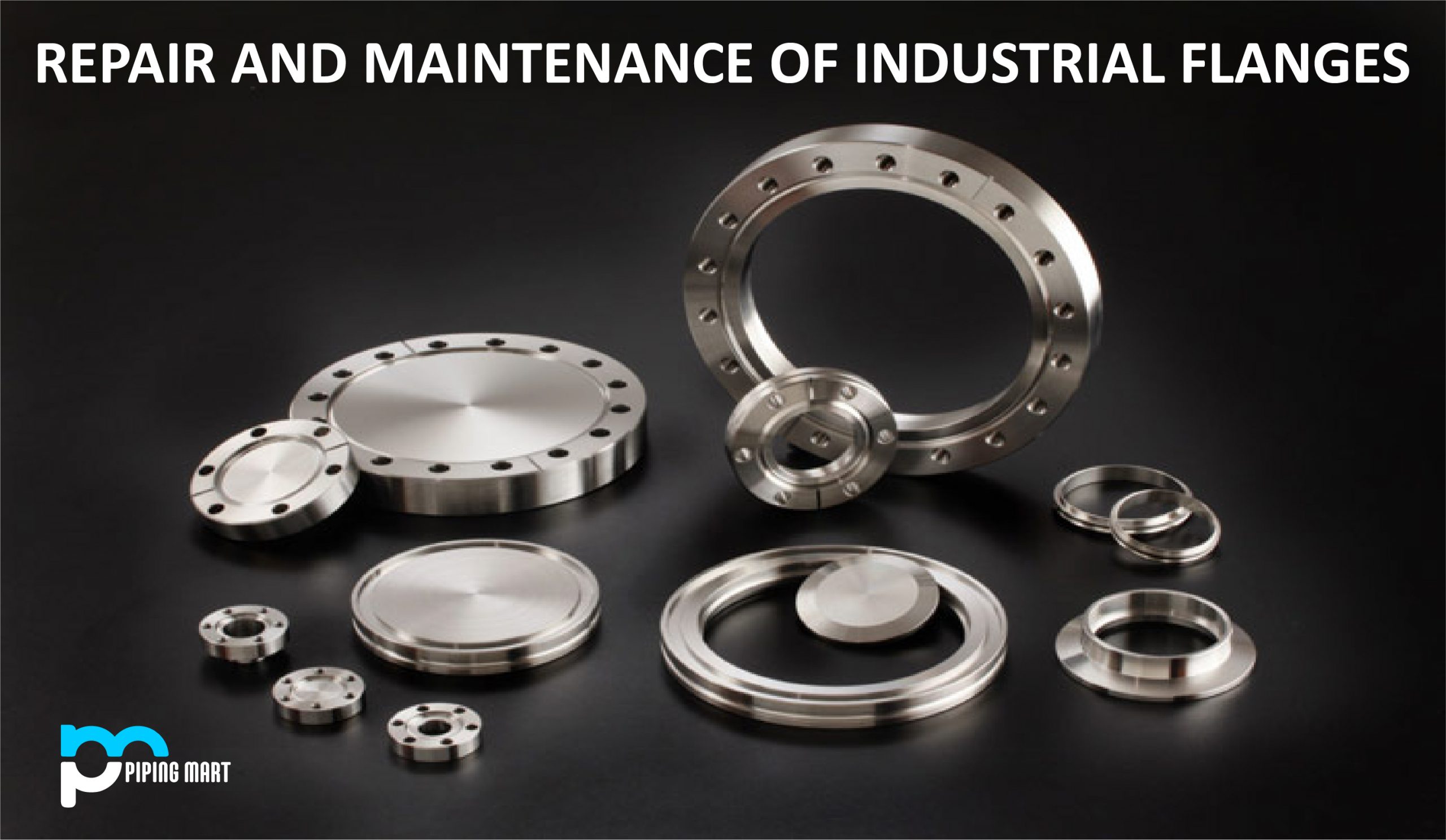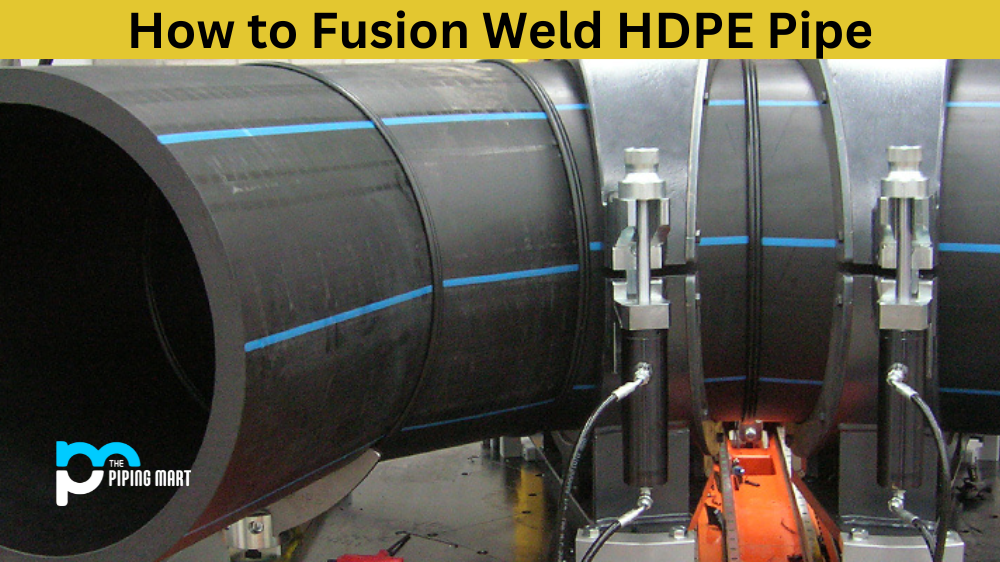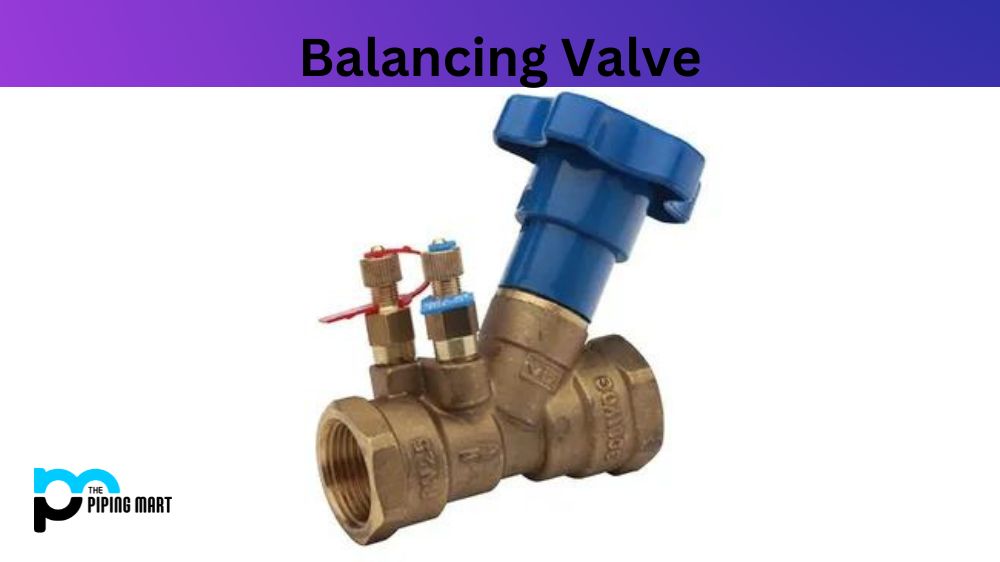At the most basic level, flanges are used for connecting parts, structures, or mechanical components inside an installation. However, when it comes to pipe fittings, flanges are required to support, connect, enclose, and cover systems ranging from simple plumbing to industrial networks.
There are a few informative introductions to the flange cover, high-temperature flange sealing, and flange packing system.
Flange Joint (Flange Cover)
Flange covers are primarily used in various industries for corrosion resistance and flange connection. The product’s flange head is responsible for producing the flange surface (ring joint or raised surface). It has corrosion-free gaskets and double end studs, and the product is suited for 316 non-metallic (plastic) and stainless steel. Its manufacturing dimensions include ANSI, AWWA, and API flange connection diameters of 12–144 inches. In a high-pressure environment, a flange sealing system paired with flange packing is beneficial for protection.
Structure of flange sealing cover:
- Worm gear fixture made of stainless steel 316;
- 316 stainless steel castings;
- Belt made of stainless steel 316 or a non-metallic material;
- The ECH rubber pad safety relief valve (temperature range: 34.4 °C to 149 °C) has a maximum release pressure of 5 psi.
- The sealing groove’s chlorinated rubber surface (temperature range: 34.4 °C to 82 °C)
The advantage of a high-quality flange sealing cover is that it is simple to connect, detect, and install. Furthermore, the UV non-metallic materials’ longevity and stability make them the best choice for reuse.
Packing Systems Of Industrial Flanges
It is appropriate for temperatures up to 80°C. Flange packing is special because it prevents corrosion for an extended period.
Flange packing is a polarity-based composite polymer packing. Because it is in paste form, it may be reused without pretreatment. Furthermore, the viscoelastic formulation allows the materials to lower the gap and space, resulting in good corrosion protection.
The packaging technique provides long-term protection due to its ease of use and ability to save money and time.
When discussing the flange packing qualities, take into consideration that they may be great for bonding to steel and iron, FB (melting epoxy powder), and polyurethane. The temperature and weathering of anti-salt polyethylene high resistance range from 51°C to 80°C, filling the gaps. The flange surface may be reused or removed without pretreatment by utilizing gas or manual gun with a flexible gun that can be injected carefully. It may also be necessary to make certain that the ring slot is filled with CZ winding tape before closing it.
Different Packing Systems For Flanges
The following are a few different ways of packing the flanges:
- E-2400/E2000 can be used to protect steel flanges, structures, pipes, and bolts against corrosion using a non-electrolytic method.
- At 149 °C, E-2400/E2000 is a high-temperature antibacterial flange packing that prevents flange connection corrosion.
- E-2400/E2000 high-temperature flange packing functions excellently at 149 °C.
- The ASTM-B1117 salt spray test was used to test the nut and bolt assembly for 2000 hours. The E2000/2400’s shielded area may be rotated with the hand. The application of E2000/2400 correctly may assist in protecting the flange connection from corrosion.
Sealing Of High-Temperature Flanges
High-temperature flange components are often required to be flat high-temperature sealed. If there is no extra sealing with excellent sealant in the separate pressure region, flange component, or if it is influenced by pressure, manufacturing deformation or inaccuracy may occur. It is to imply that the leakage occurrence under pressure must be addressed and rectified in different pressure areas. High temperature and high-quality sealing may be used in a normal gas engine, steam engine, or high-temperature flange applications. It assists in keeping the inert as it can withstand heat with lubricant, light fuel oil, water, steam, or air.
Conclusion
The high temperatures in flanges are ideal for the setting because it has specific requirements for the pressure and temperature of the flat and smooth sealing surface. Because sealing products do not cure and their consistency may alter to preserve elasticity and flexibility, there are no time limits. It may be put into action soon after construction.

Pipingmart is B2B portal specializes in industrial, metal and piping products. Also, share latest information and news related to products, materials and different types grades to help business dealing in this industry.




